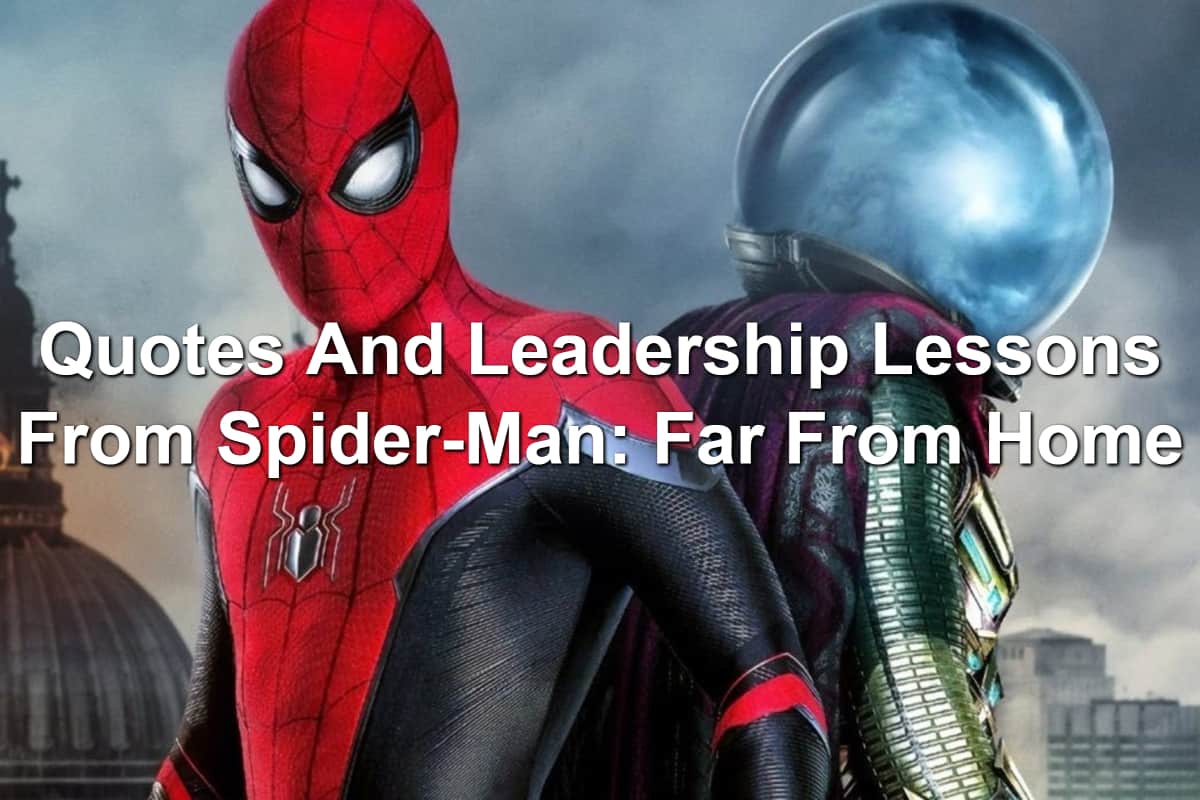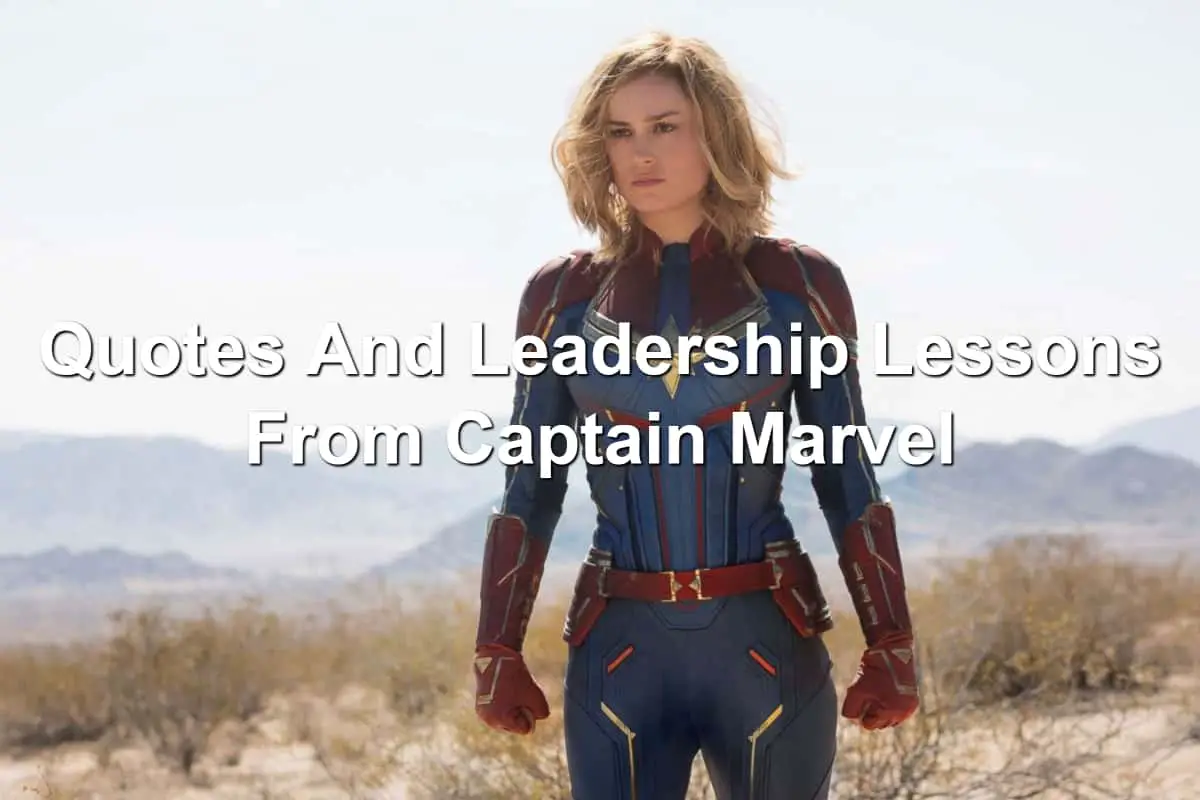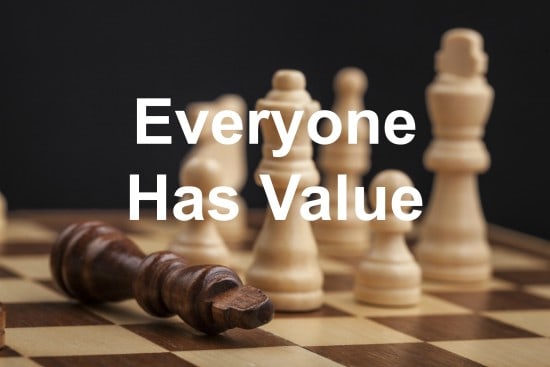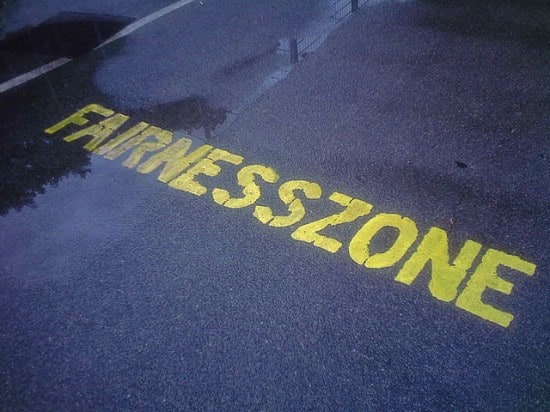Quotes And Leadership Lessons From Spider-Man: Far From Home
A Reel Leadership Article
Tom Holland returns to the fun role of Peter Parker/Spider-Man in Spider-Man: Far From Home. Spider-Man: Far From Home picks up shortly after the recent Avengers: Endgame movie.
Peter Parker is still reeling from the aftermath of Endgame. His friend and mentor, Tony Stark (Robert Downey Junior), is dead. He’s trying to figure out his place in the world he recently returned to. And he has a big legacy to live up to.
Not only that, Peter has a love interest, a classmate named MJ (Zendaya). His class is going on an overseas trip (hence the Far From Home subtitle) and he has a big plan. He’s going to ask MJ out.
All of Peter’s plans go in the trash when something crazy happens. A water elemental who looks a lot like Hydro-Man, a Spider-Man villain who controls water, attacks London while Peter and his class are there.





